By Savitha Hira
Photography: Courtesy
Kasturbhai Lalbhai Museum
Read Time: 3 mins
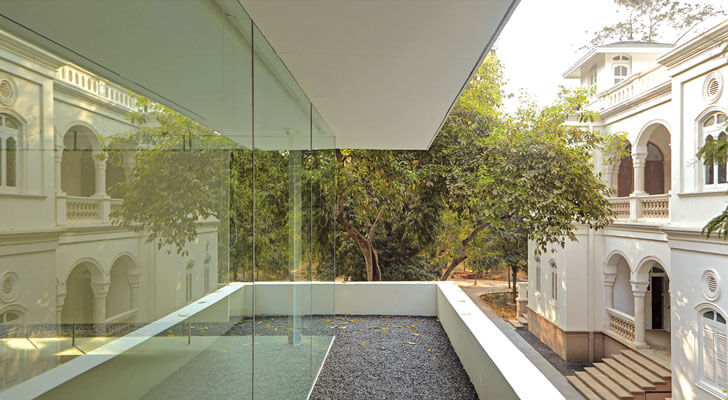 |
| Glass-walled gallery atop the Claude Batley building juxtaposed with the colonial architecture of the main building |
Taking familial
values several notches higher, the Kasturbhai Lalbhai Museum is a colonial home
turned museum space that aspires to engage audiences in revisiting historical
treasures and simultaneously revivifying Ahmedabad’s cultural scene...
The museum
stands apart as a labour of love; reflecting diligent detailing and underlying
passion as key drivers of unbounded love and reverence, as Jayshree and Sanjay
Lalbhai pay homage to the latter’s grandfather – Late Kasturbhai. Incidentally,
a man, who not only worked for the preservation of art and culture, but is also
the force behind a number of well-established and reputed educational ventures
in India during the mid twentieth century.
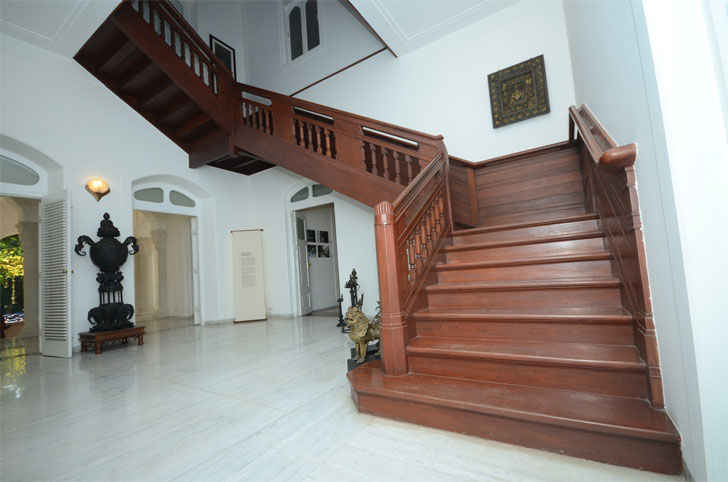 |
| The entrance with the grand staircase |
A homely feel dominates
this new museum, which is scheduled to open its doors to the public on Feb. 16,
2017. Comprising two edifices with a soon-to-be-completed third, the museum is
approached as a carefully curated narrative that intrigues, while it impresses.
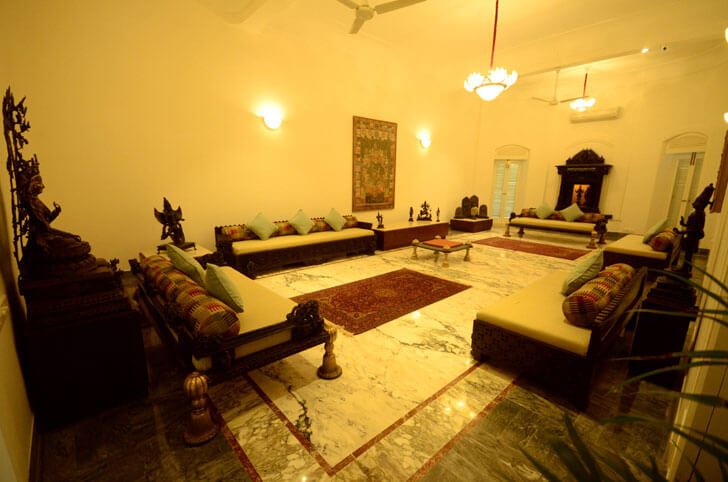 |
| The restored livingroom |
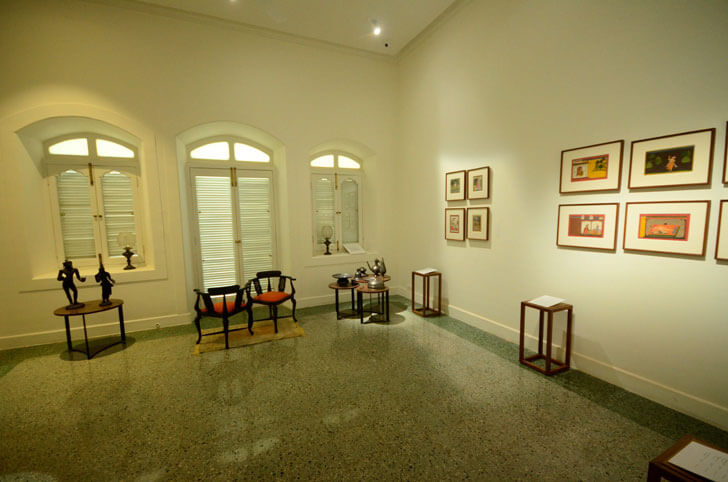 |
| Art, antiquities & furniture |
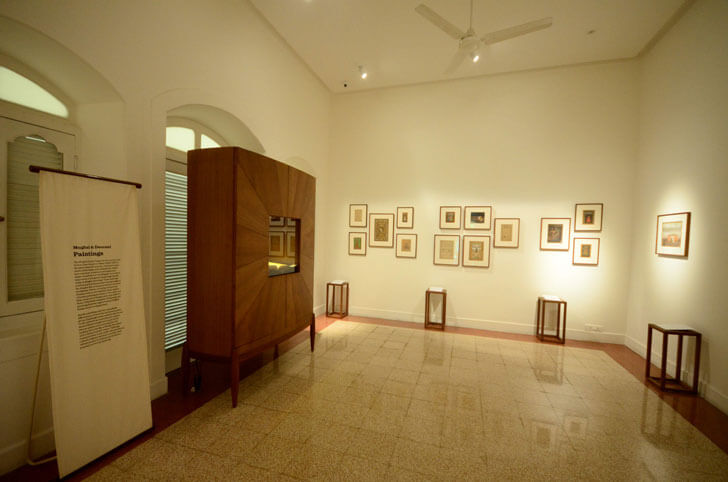 |
| Special cabinet designed for the display of a manuscript |
Ar. Rahul
Mehrotra of RMA Associates has diligently led his team to conserve the essence
of the buildings, which show marked Indian elements like the central courtyard,
different flooring types with kota stone, ceramic tiles, multicoloured patterns, sandstone and mosaic
flooring with different colour tinges, folding wooden doors with jaali insets, wooden louvered doors and
windows, embossed cast iron treads in spiral staircase, slate clad sloping
roof... among a multitude of other distinctive architectural features.
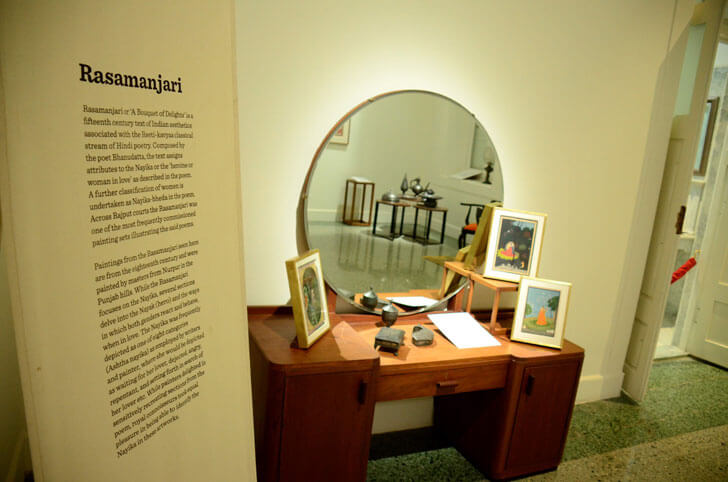 |
| Furniture is incorporated into the exhibition design |
The main
building – the colonial home built in 1905, which was home to the Lalbhai
family until the 1980’s, typically a conglomeration of single-storied rooms,
has been restored to its past glory. It now houses the family’s modest
collection, eclectic in nature, showcases art and antiquities, perfectly balancing
historical merit with personal favourites; all the while retaining the essence
of the family home.
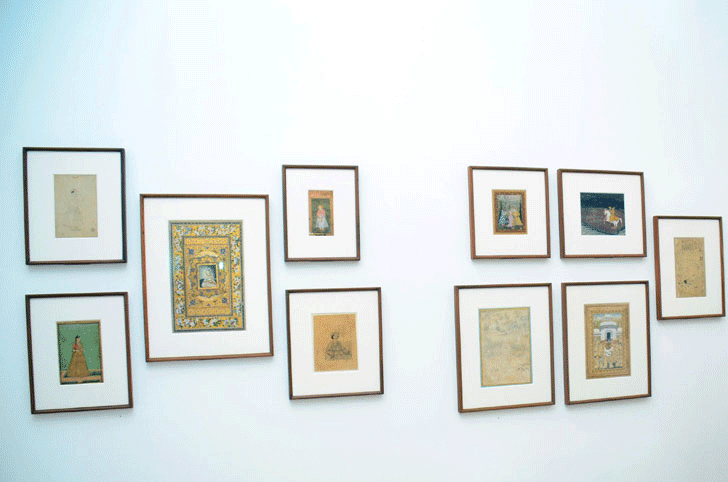 |
| Exhibition design by students of NID |
The paintings on view are from a range of traditions and
styles of Indian miniatures, Tibetan Thangkas, Company School portraits,
modernist paintings from the Bengal School, and painted postcards from
pre-independent India. Art in stone, metal, wood and Bidri covers a span of
more than a thousand years.
 |
| Glass-walled gallery that sits atop the Batley building currently displaying art from the Lalbhai's contemporary collection |
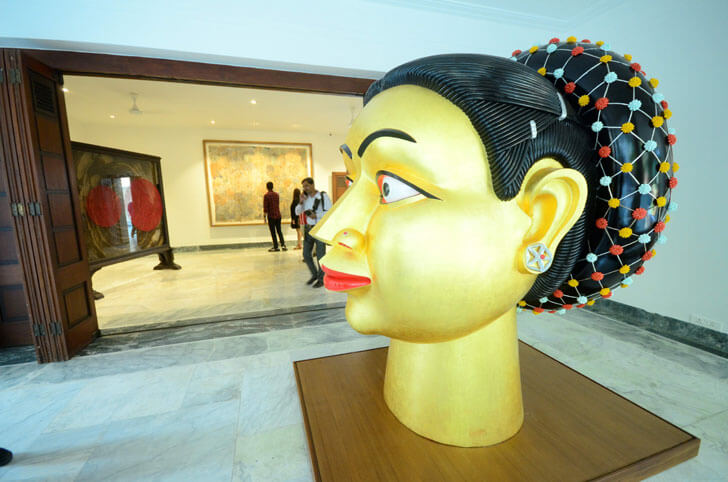 |
| Contemporary gallery currently displaying works of contemporary artists - Head by Ravindra Reddy |
Behind the
house, a smaller edifice designed by Ar. Claude Batley in the 1930’s, typically
a double-storied structure responding to the local domestic traditions and
habits of the era, housed the family kitchen and servants’ quarters. This is
now restored to house part of the family’s contemporary art collection as a
footprint to an eclectic space for temporary exhibitions. Augmenting the
display space and lending it a modern twist, is a unique, distinctive and
dismountable glass walled rectangular gallery box that literally sits atop the
building; the idea being to eschew permanence of any structural additions;
thereby keeping the path open to change in times to come.
The verdant
complex also houses a third, awaiting-finishing-touches, partly underground
gallery that Ar. Rahul Mehtrotra has designed to record the Late Kasturbhai’s
legacy and social and cultural history of the Lalbhai family. Designed as a
‘non-building’, the structure will over the years be covered by vegetation and
appear as a mound of lush foliage; with its entrance a mere slit nestled amidst
the lush landscape.
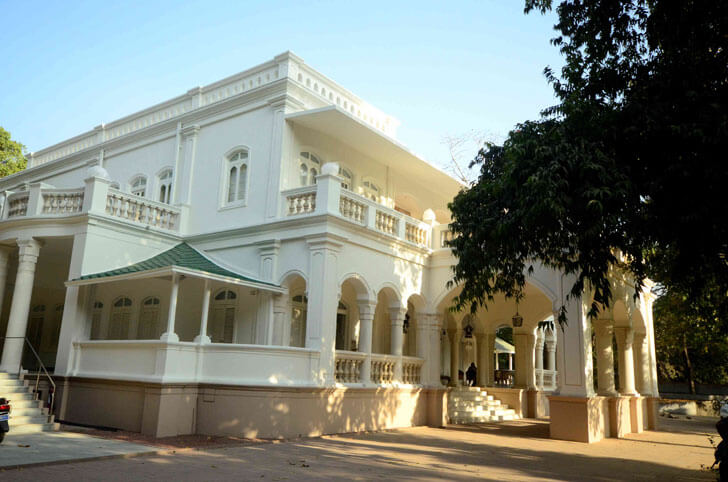 |
| Kasturbhai Lalbhai Museum - main building |
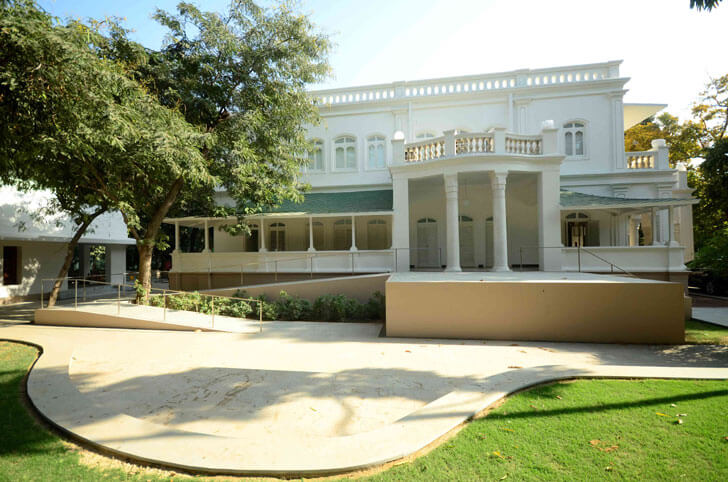 |
| Colonial home with Claude Batley building to its left |
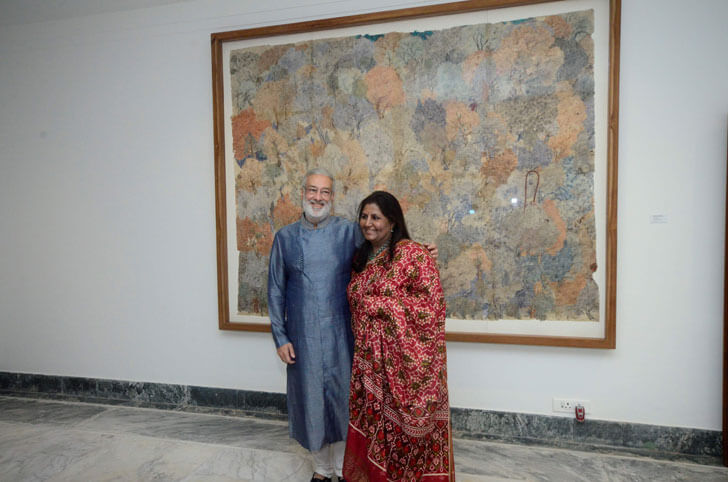 |
| Jayshree & Sanjay Lalbhai |
Besides, the
complex also has a 250-seater amphitheatre ideal to cater to small
performances, musical soirees, talks and discourses.
With guided
tours – one in the morning and the other in the evening, and with different events being planned through the year, the museum proposes to create a
dynamic and vibrant atmosphere in the cultural scene of Ahmedabad.

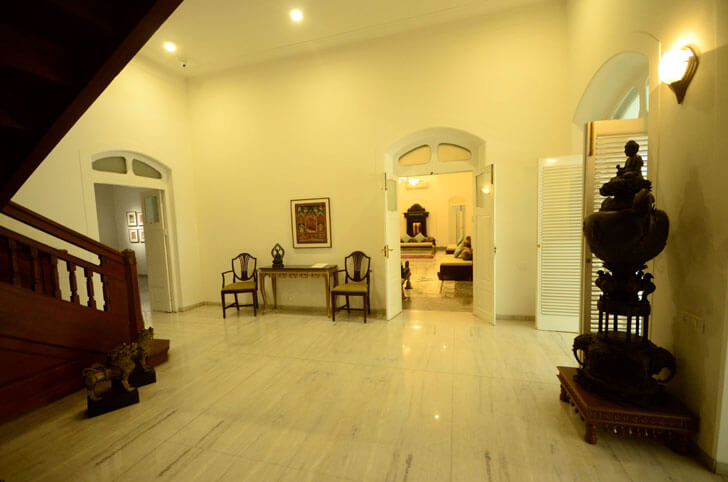
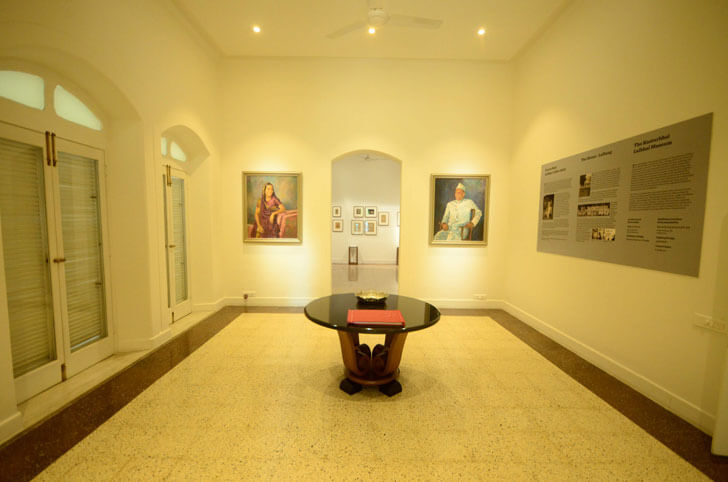
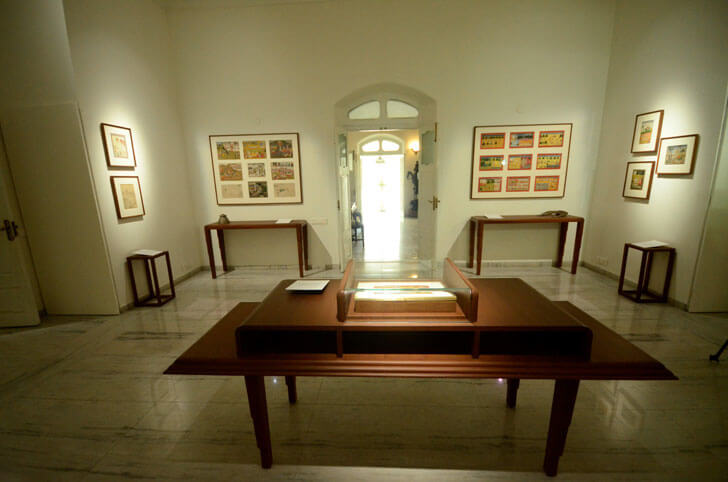
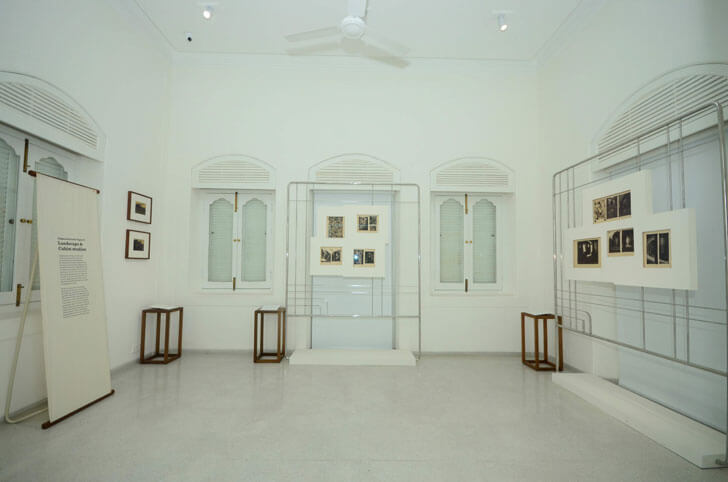
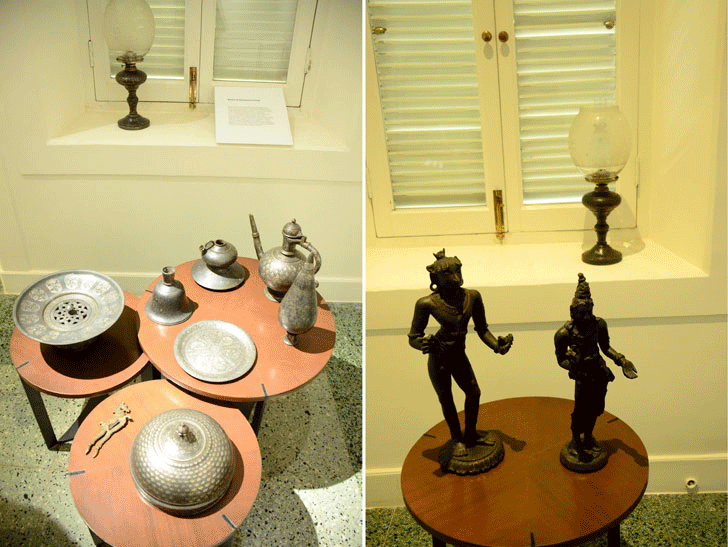
Great combination old with new!
ReplyDeleteNice article.Thank you so much for sharing this article.
ReplyDelete